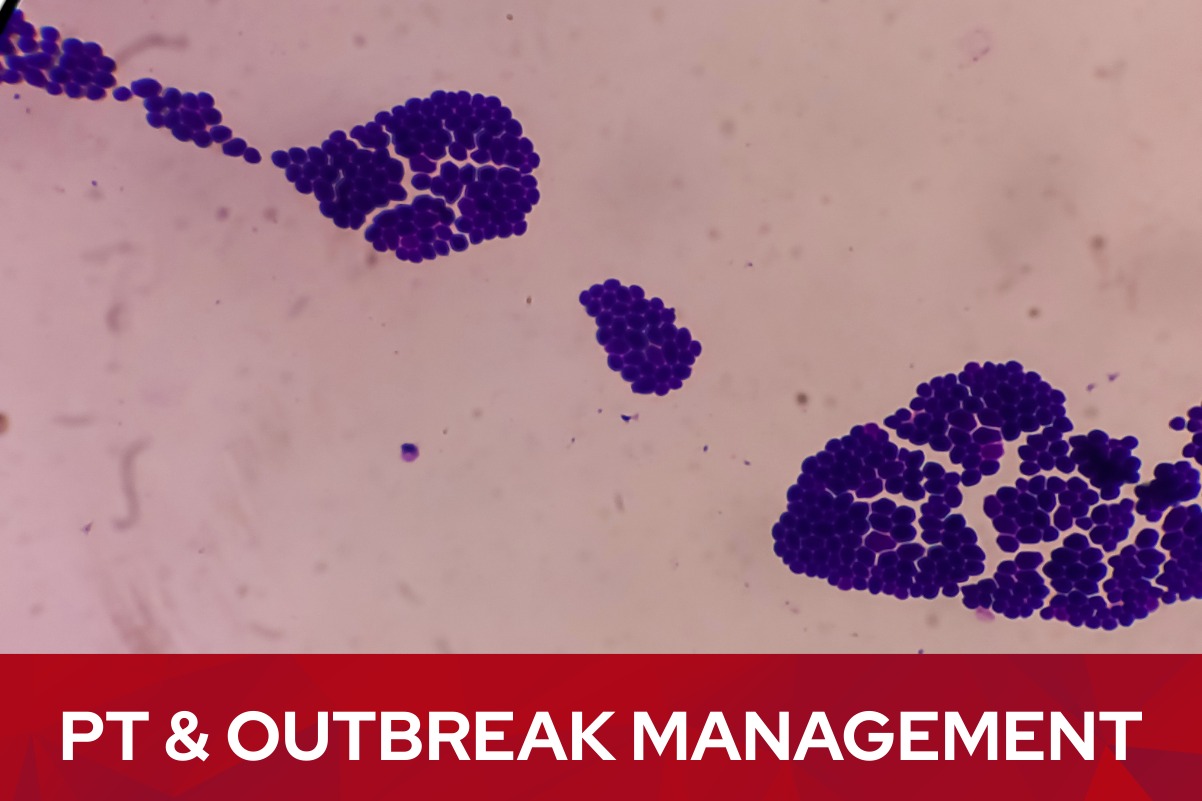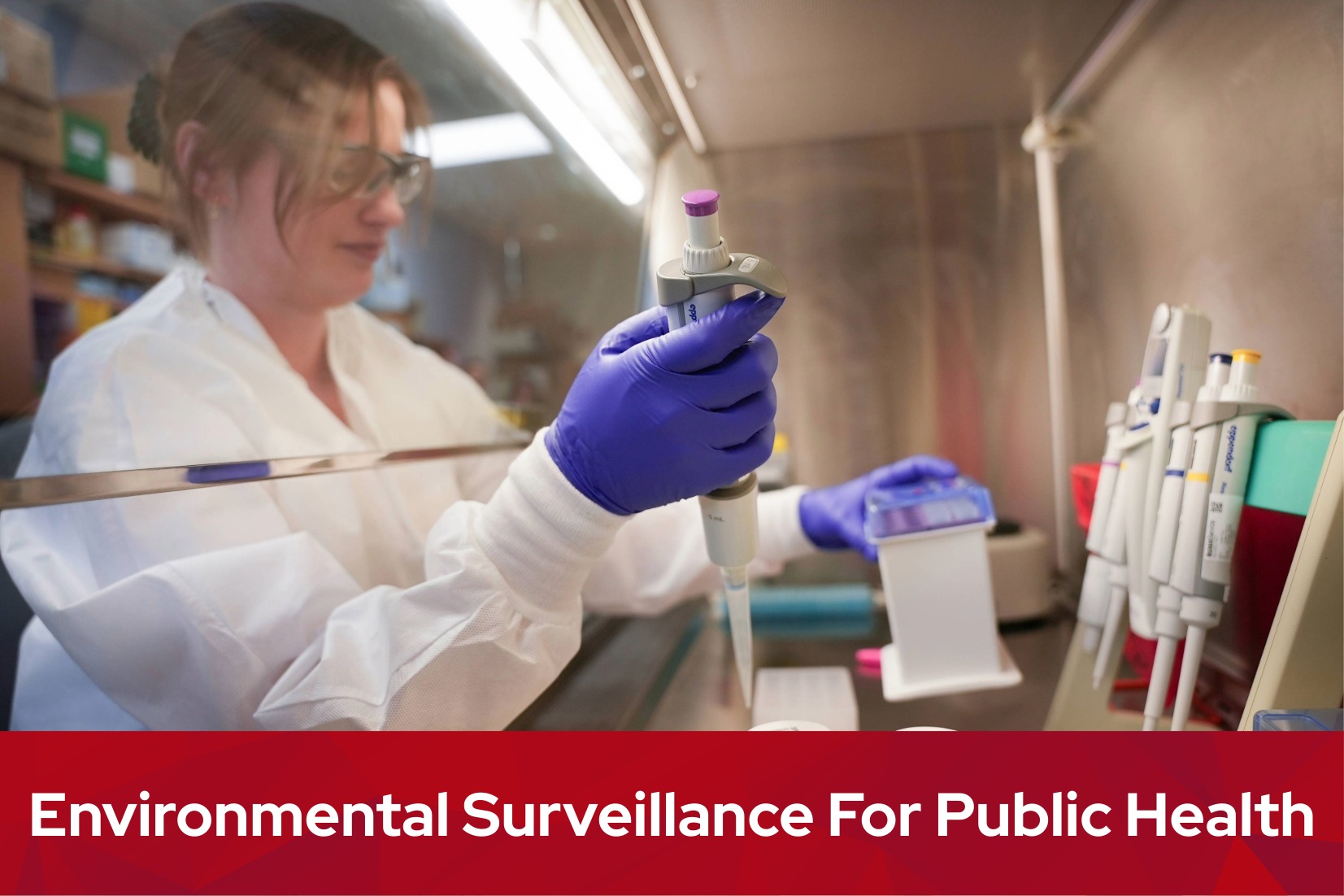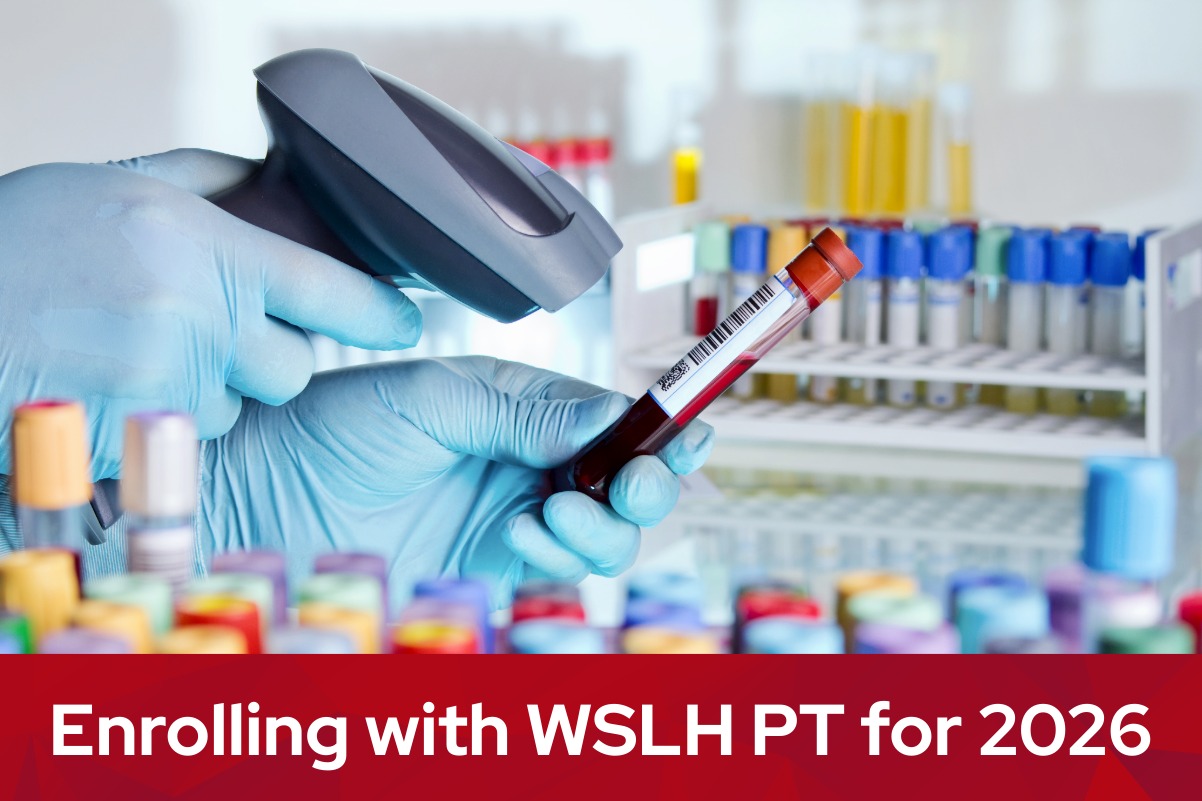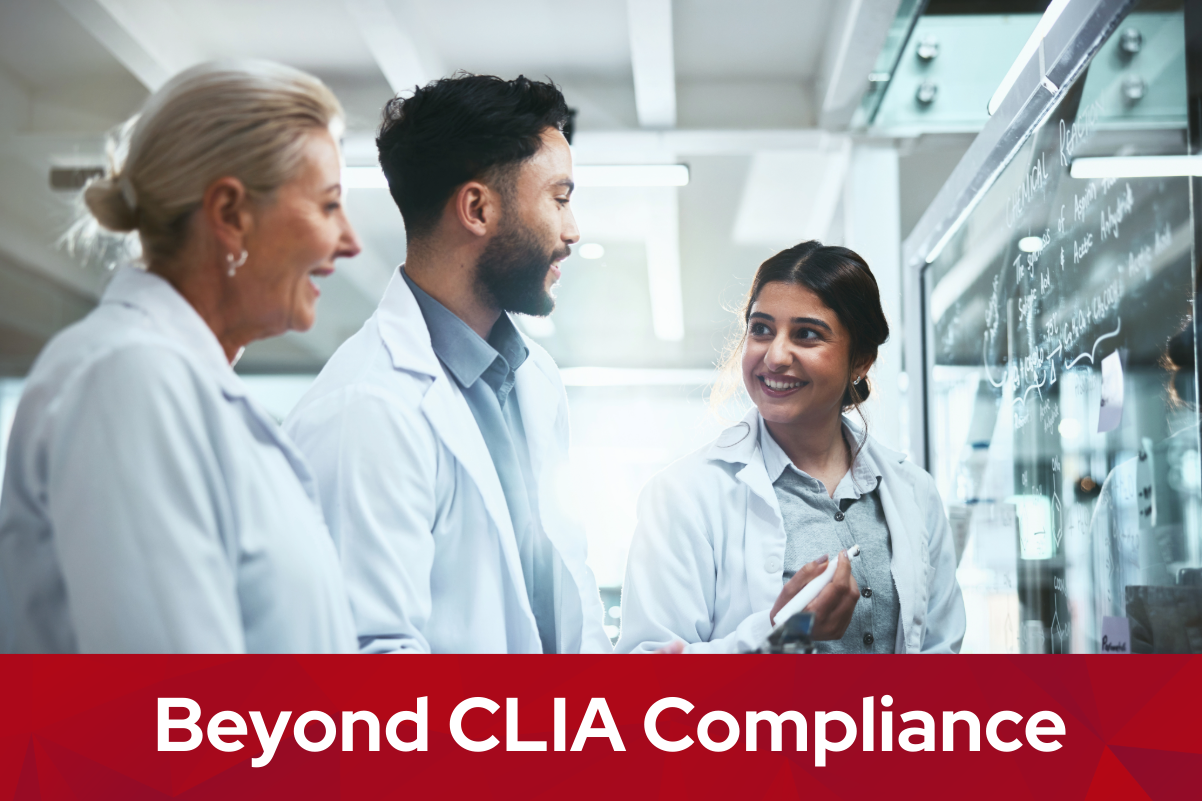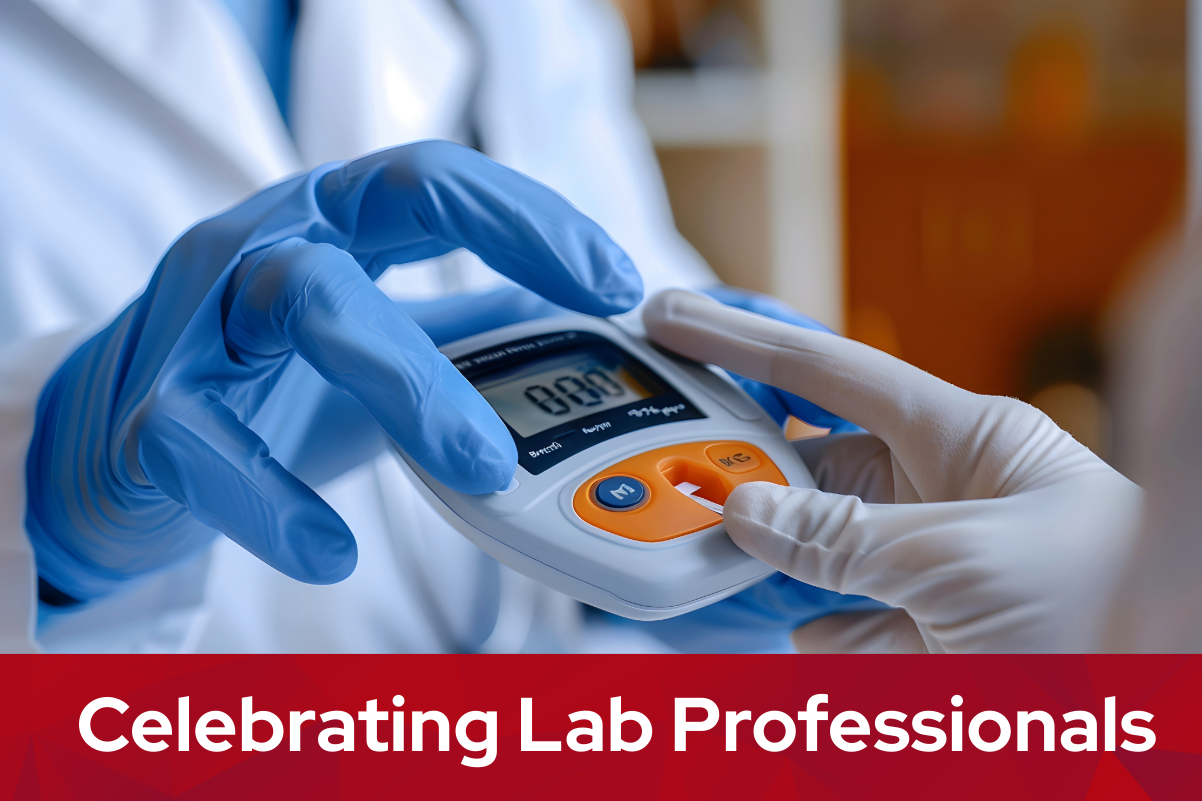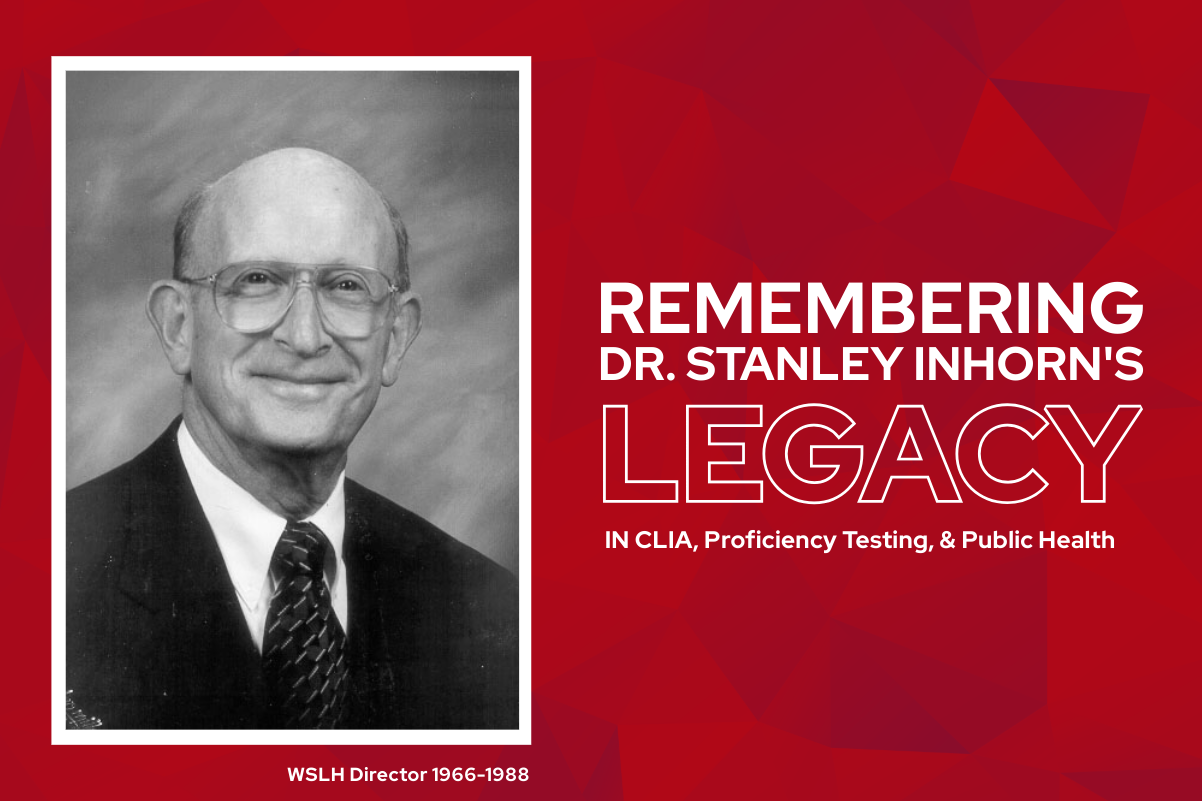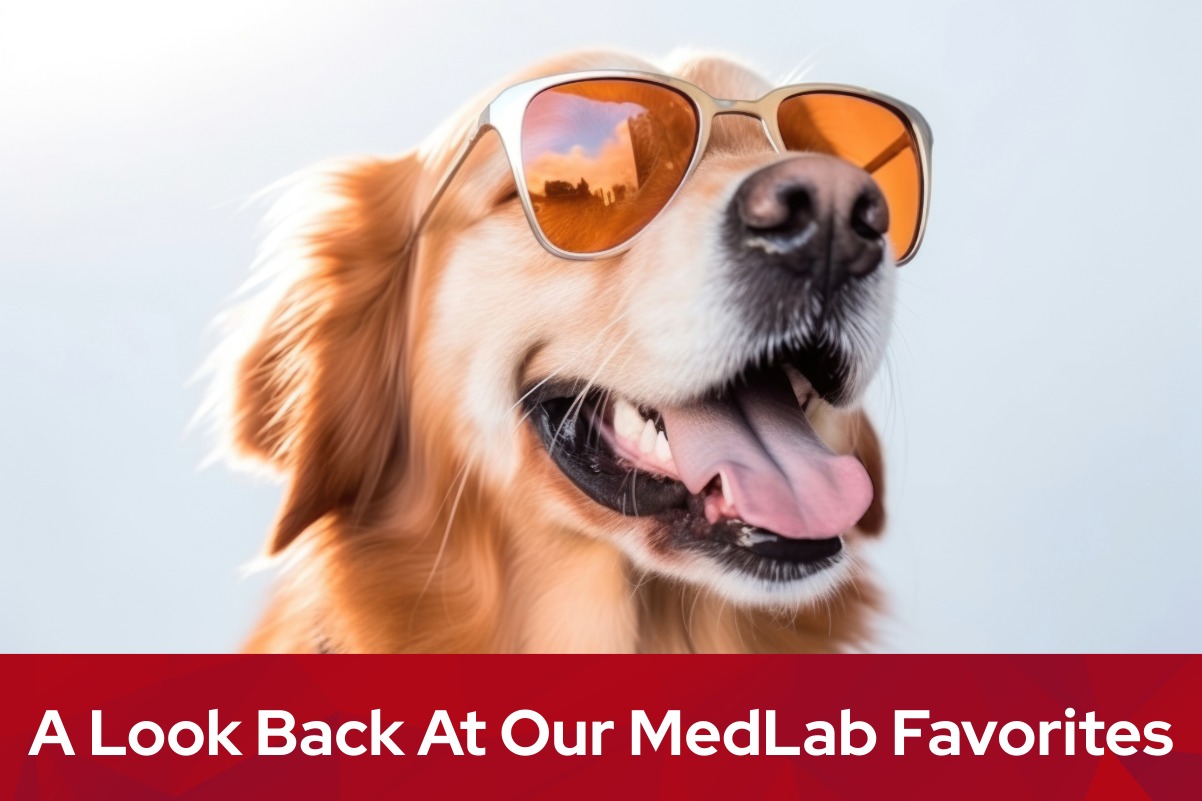
A Look Back at Our Favorites from Our Newsletter, The MedLab Retriever
Working in a laboratory requires incredible precision, dedication, and expertise. But let’s be honest—it also requires a great sense of humor to get through the day-to-day challenges.
Over the years, we’ve shared more than just proficiency testing updates and industry news in our newsletter; we’ve also shared a laugh. We dug through the archives and pulled out the top 10 memes and puns that you, our readers, shared the most.
Here’s a look back at our favorites:

An internet viral trend, circa February 2012
1. Lab Tech Reality
The classic “What We Actually Do” meme. We all know the last panel is the most accurate.
From glamorous TV portrayals to the chaotic reality of juggling samples, paperwork, and “STAT” requests, this meme just gets it.

A meme courtesy of The Mislabeled Specimen.
2. What Kind of Runner are You?
“Doctor: Do you exercise? Me: I’m a runner. I run controls and calibrations. I run tests. I run STATS. I run late sometimes. I even run my mouth.”
This is our kind of workout plan. It perfectly captures the lab professional’s daily marathon.

An internet viral trend, using a stock photo from Russia that became the Chemistry Cat meme template around 2011.
3. Chemistry Cat
A fan favorite from Chemistry Cat. You can’t have a lab humor round-up without a visit from the iconic Chemistry Cat. This one is a periodic table classic that never gets old. We’re not sorry for this one… Na.

4. An Acid with an Attitude
“A-Mean-Oh-Acid;” ah yes, another science pun that is so bad it’s brilliant. This amino acid definitely looks like it could each my lunch.

5. Sand Under the Microscope
Fascinating, this is what sand looks like under the microscope! This is a meme for the laboratory pro who appreciates a perfectly literal, eye-rolling, “groaner” of a joke. This one got a lot of comments for its simplicity and technical accuracy.

A meme courtesy of the MemeCenter.com
6. Important Lab Results
Actually, we think the lab’s “results” are stored in a different bag. That is all.

7. The Med Tech Seal of Approval
Your non-healthcare friends won’t be able to crack this code. But other laboratory professionals? They’ve got it. You can’t unlearn the habit. When you see a date written like this in the fridge, you know you’re in the presence of a fellow lab pro.

8. Balancing the Centrifuge…at Home
Someone’s egg carton needs re-arranging…Another fan favorite that proves you can shake lab life. You might be a lab tech if you feel a deep, unquestioning need to balance your egg carton. Heck, we wouldn’t be surprised if you had your family or friends doing this, too.

Meme courtesy of the Histomemes Facebook page, fb.me/histomemes.
9. It’s a Chocolate Chip Cookie!
Our Caption: Well, we didn’t see that one coming…
This is truly an “insider” joke for our histology and pathology friends. Sometimes, the simplest answer is the right one. It’s just… rarely a cookie.

Meme courtesy of The Mislabeled Specimen.
10. Humor Based on Pain
No caption needed. This one just felt right.
This meme perfectly sums up all the others, doesn’t it? One might consider this the unofficial, official motto of lab humor.
From balancing your egg carton like a centrifuge to understanding the “pain” behind the humor, laboratory life has its own unique language. We hope this list of our favorites brought a smile to your face. If you are nodding along, or perhaps even let out a sensible chuckle or two, share this with your colleagues and lab mates who get it.
P.S. If you are reading this and you are not already subscribed to our monthly newsletter, be sure to subscribe by clicking on the link below. When you sign up, you get all of our best content, from important industry updates to, yes, more memes. Don’t miss out:


